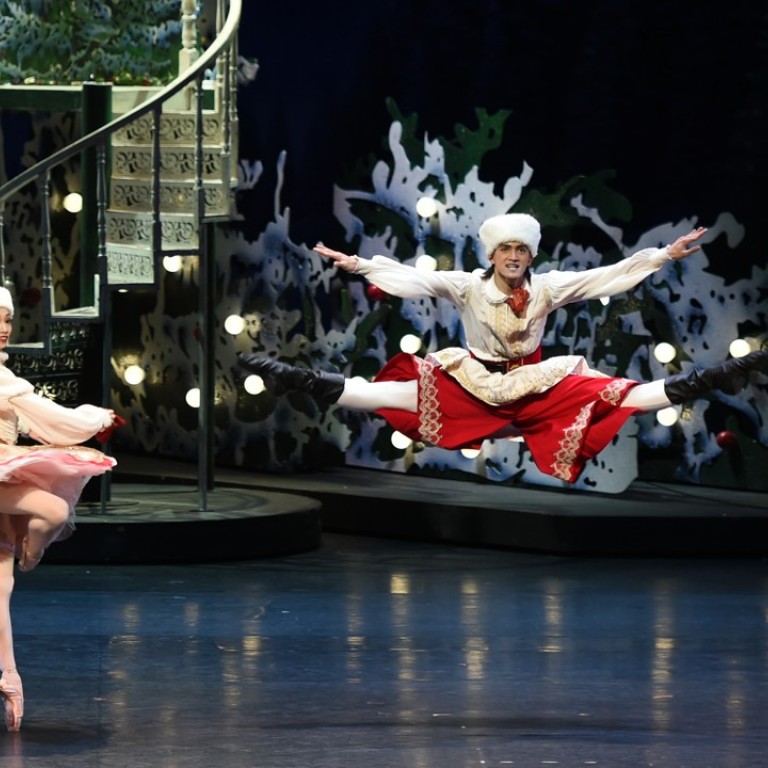
Filipino dancer for Hong Kong Ballet on his workout routine – sit-ups, push-ups, the splits and a lot of planking
Garry Corpuz has to be in tip-top shape to perform in ballet, with the strength – though not the bulging biceps – to lift a ballerina. The 20-year-old takes us through his exercise regime and tells us the importance of sleep and relaxing
A budding ballet talent from the Philippines, Garry Corpuz joined the Hong Kong Ballet’s corps de ballet last year having performed in classic productions such as The Nutcracker and Le Corsaire.
Corpuz, a graduate of De La Salle-College of Saint Benilde in Manila who previously apprenticed at Ballet Philippines, will perform in the “Wheeldon, Ratmansky, McIntyre and The Beatles” show at the Hong Kong Cultural Centre from June 1 to 3.
Supermodel-approved workout inspired by ballet put to the test
The show will feature three pieces: Le Carnaval des Animaux, choreographed by Alexei Ratmansky; Christopher Wheeldon’s jazz-infused Rush; and Trey McIntyre’s rock ballet A Day in the Life, which is set to a medley of 12 classic Beatles songs.
As a Beatles fan, Corpuz’s favourite parts of the show are from A Day in the Life, such as when the 1968 classic Ob-La-Di Ob-La-Da plays.
“When you hear the beat of the music, it’s so good that you just groove with the music, but of course you have to do the ballet techniques,” he says. “You can add a bit of your own groove.”
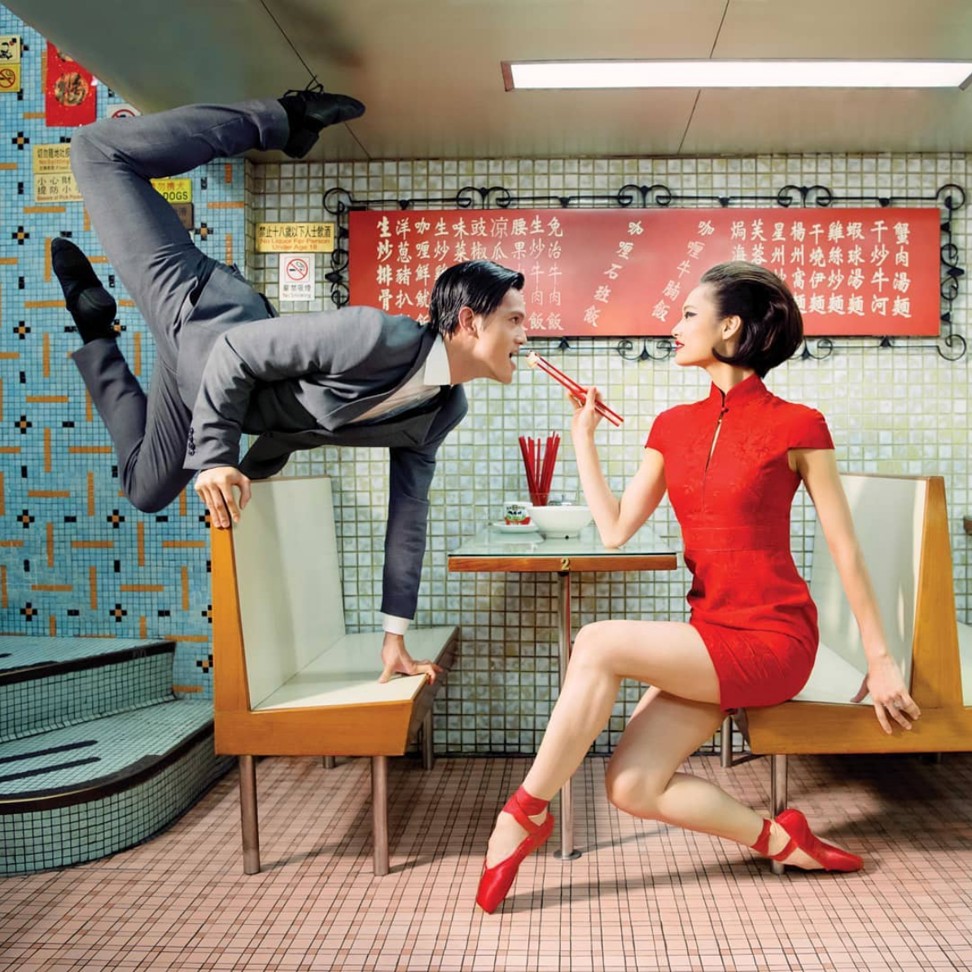
Corpuz will be performing to a new groove in August when Hong Kong Ballet’s 2018-19 season rolls out with productions including Alice (in Wonderland) – the Asian premiere of the piece by the company’s artistic director, Septime Webre – and Giselle.
It has not yet been announced which roles he will perform, but he will be putting in many hours of training to maintain the physique needed to perform at least one strenuous show a night.
In the mornings, Corpuz does barre classes and training in ballet technique as a warm-up for rehearsals, which last from 11.15am to 6pm almost every day. He adds in workouts and recovery routines that are fundamental to his physically demanding profession.
If I want to work out hard, I do a five-minute plank
It’s hard work, but Corpuz relishes living his dream. He has been a professional for seven years, since the age of 13.
“I enjoy dancing. If I have a problem, if I’m feeling sad or lonely or happy, I can show it in dance,” he says.
He says there is no place for half measures in ballet. “If you have a role, you have to own it. You do it no matter what, it’s you. You have to give to the audience and make them believe it’s your role.”
Corpuz told us about his super tough training regime.
What workouts are essential to stay in top shape?
I do sit-ups to work on my core and push-ups every day because a lot of male dancers need to have strong arms to lift the ballerinas for partnered [scenes]. At the fitness area at the Hong Kong Cultural Centre’s rehearsal theatre, I work with dumbbells. I do sit-ups and bench presses. I also do lots of stretching.
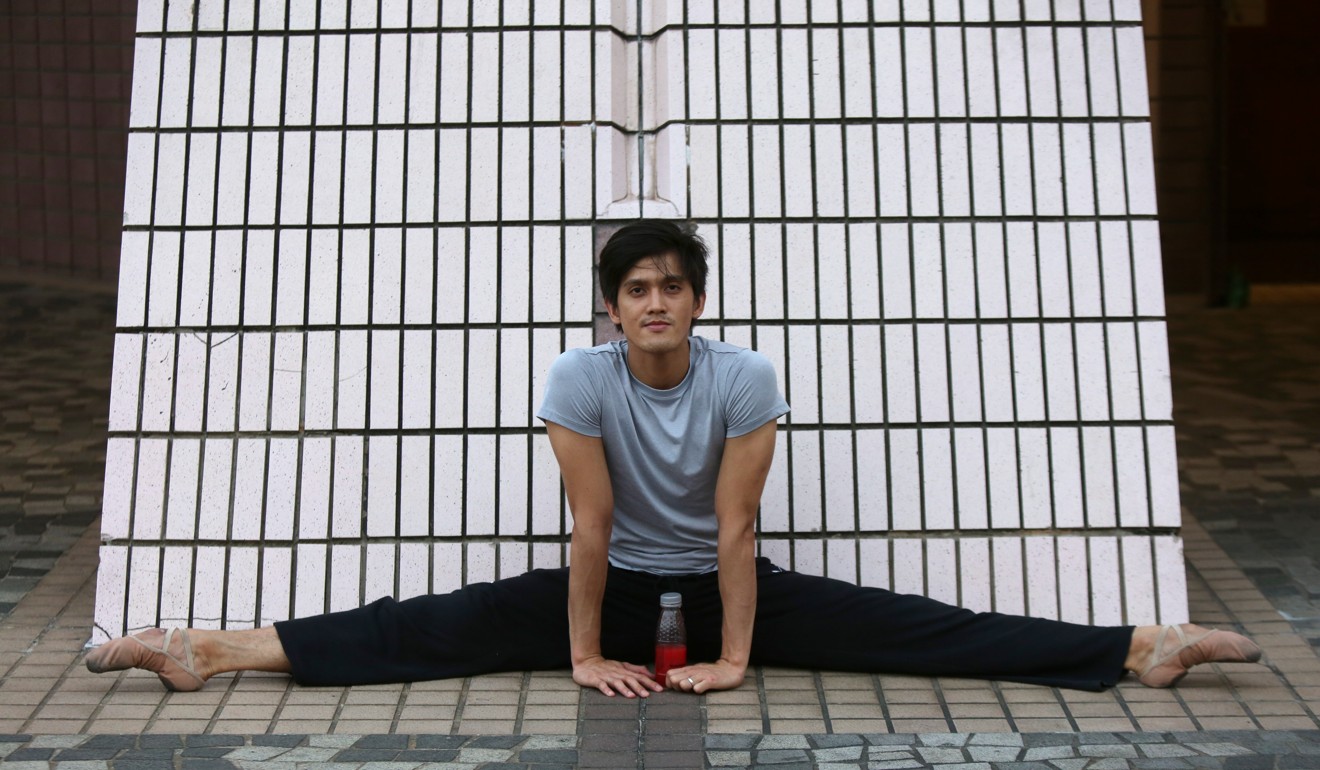
How important is stretching?
A ballet dancer has to be flexible due to the many movements you have to do, such as jumps, the moves where you extend your legs to the front, side or back.
After rehearsals, I stretch. After a performance, I do a little stretch, but sometimes we finish late so I don’t have as much time to do this.
I put my leg on the barre and lean forward and bend, or lean to the side.
I also do the splits, which works on my hamstring. It also helps loosens the hips.
Foam roller exercises: how to get the most out of your roller, and its limitations: tips from a China Olympic team chiropractor
To lift other dancers in the sequences, which workouts help most?
Push-ups are so important so I do them every day. I’m doing 20 in three sets. I do it every day, otherwise my arms will get weak.
Dumbbells, too. I do eight or 12 reps in three sets on my right and left arms. If I do more, my muscles will buff up, which is not good for the stage, as you want to be lean as a dancer.
Also, planking is important for your core. If I want to work out hard, I do a five-minute plank. If not, I just do one- to two-minute planks, then one- to two-minute side planks. I do them every other day to help my abdominal muscles.
I enjoy dancing. If I have a problem, if I’m feeling sad or lonely or happy, I can show it in dance
Which performers influenced you most?
There’s also Mikhail Baryshnikov, a legend in ballet. His moves like his jumps are so good, so clean. There’s also his charisma. Even though they are retired, I watch these idols on YouTube during my free time.
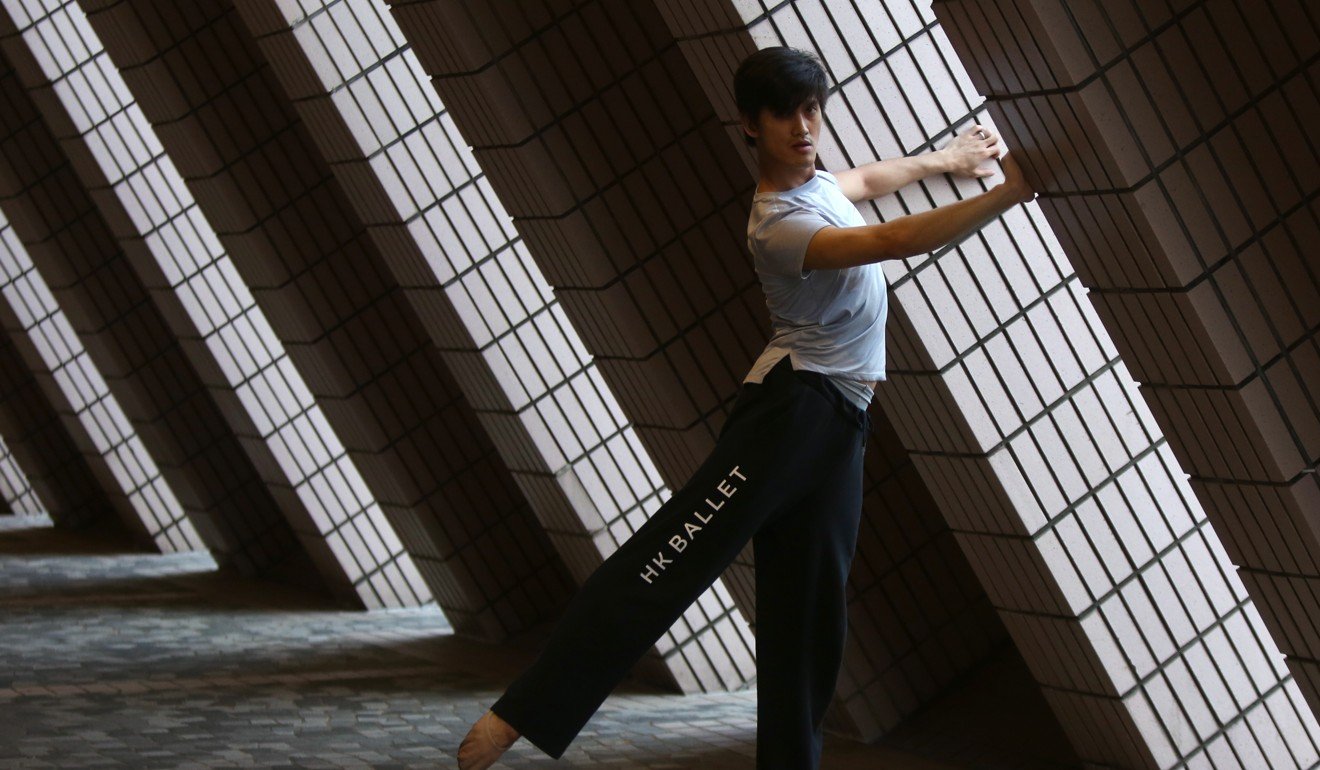
What other pursuits do you have in your spare time?
I play computer games or watch movies. I go for a walk to tour the city. It all helps to refresh my mind from the work because when you start work, you have to zone into the work, and you have to relax your mind to do that.
How important is sleep to your performance?
Very important. For me, it’s seven to eight hours a day. If you lack sleep, you can’t focus – it gets hard to move because your body is not quite there. Sleep is important to make sure your body is alive and there for rehearsal.
How insomnia affects your body, mind and health, and 10 ways to get a good night’s sleep
How important are rehearsals and ballet training?
Rehearsal is very important because [your trainers] help clean your movements to make you look good on the stage. It’s also good for building stamina for the shows – and most of the dances involve cardio.
Rehearsals help improve your movement alignments and make your movements synchronised with other dancers. You keep doing it until your body gets used to it.
How do you recover from all that impact on your legs?
I lie on the floor and put my legs up so my body is bent at a 90-degree angle against the wall. I put my legs up to let the blood flow down to and let my legs recover [after all that dancing]. I do this for five minutes.
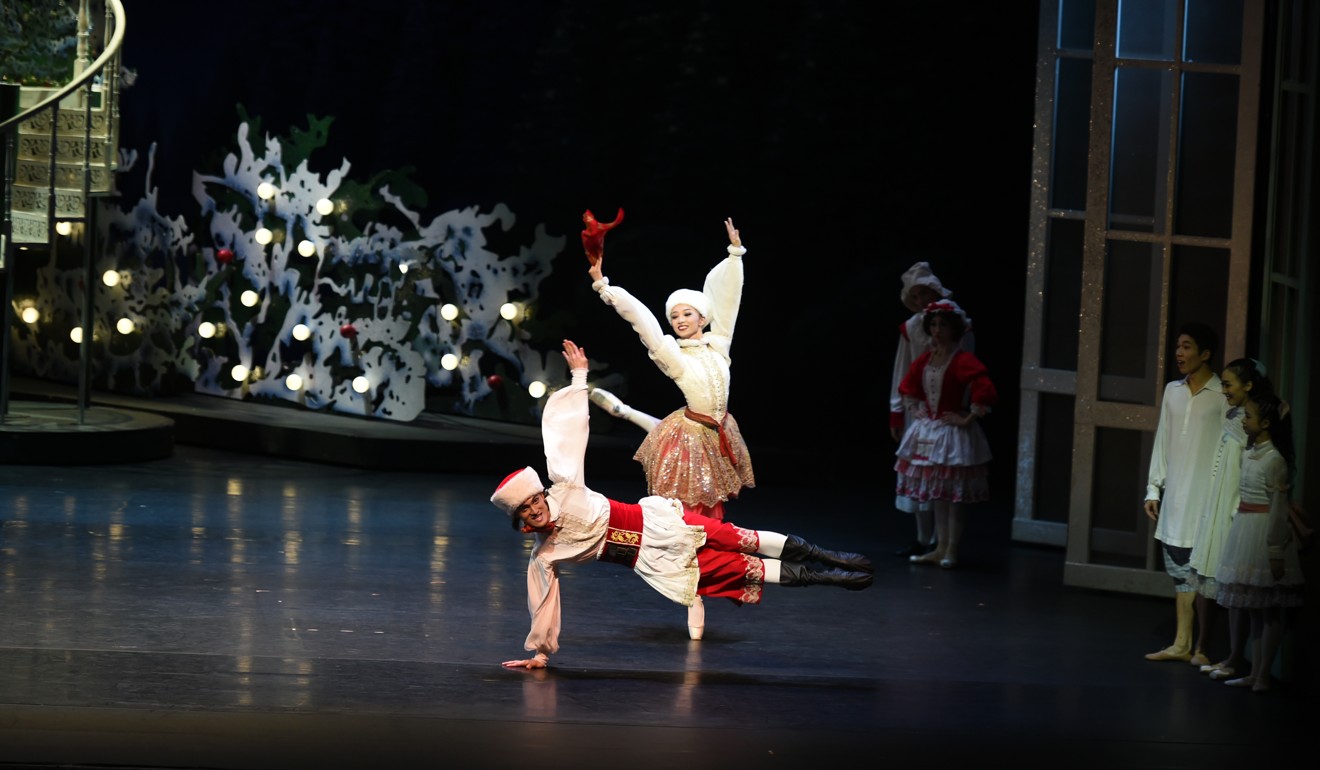
I found this idea from the internet, and it helps, although I can’t explain why. If my muscles are tight, I put my legs up for five minutes. Then I can rehearse again.
Do you have any pre-performance rituals?
I pray. The first thing I do is ask God to guide me in whatever I can do and that I’ll do my best. It helps me relax and calm my nervousness.
How do you make sure dancing is safe and accidents don’t happen?
In partnered scenes, sometimes you have to throw the girl and catch her. You have to be in that moment. If you’re not focused on what you’re doing, accidents will happen. Once I’m on stage, I’m there. I don’t think about anything else. I focus on what I will do.

